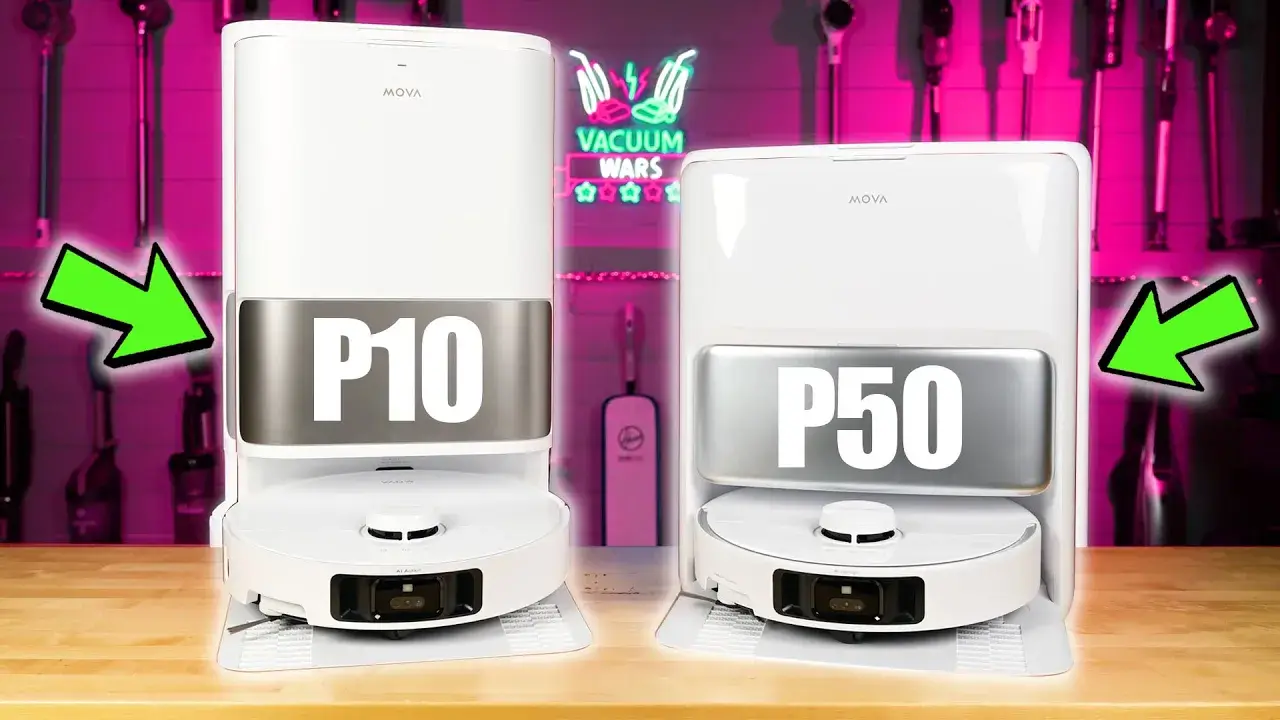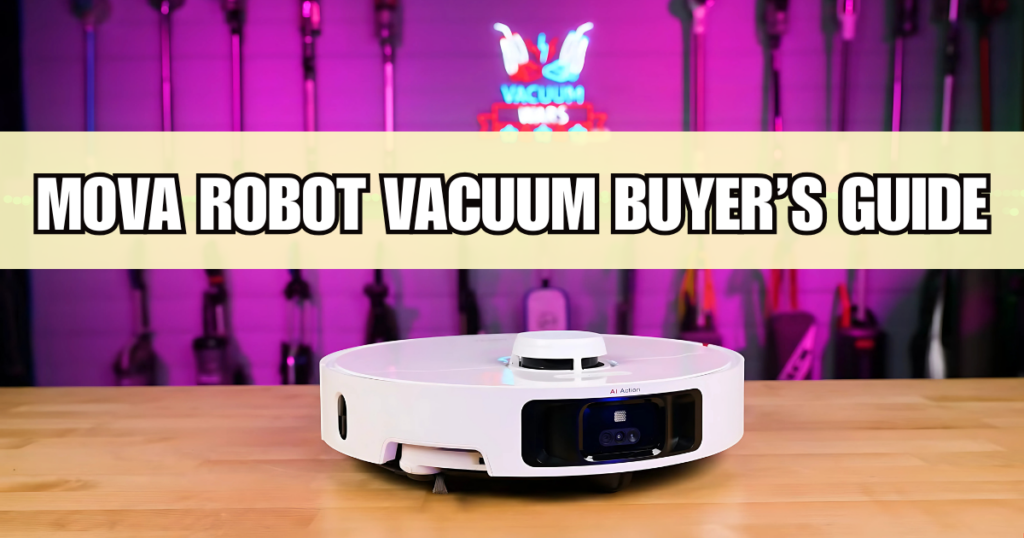Today’s focus is the MOVA P50 Pro Ultra—a flagship robot vacuum from MOVA, a relatively new brand that has positioned itself as a strong value player. The first model we reviewed from them was the P10 Pro Ultra, which earned our Best Value award thanks to its impressive specs and feature set at a very competitive price.
In this MOVA P50 Pro Ultra review, we’ll break down its pros and cons and compare it directly to the P10. While the P50 adds more features and improves on the P10 in several areas, we think there are still a few key reasons someone might prefer the more affordable P10 Pro Ultra instead.
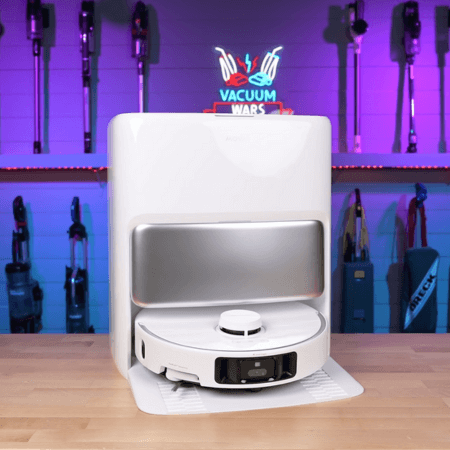
The Mova P50 Pro Ultra robot vacuum/mop combo combines a 19,000 Pa suction system with a zero‑tangle CleanChop main brush and an extendable side brush to capture debris from corners and edges, while an auto‑liftable, removable mop is washed and dried at 167 °F (75 °C) between uses. Its self‑maintaining dock can auto‑empty dust for up to 75 days, refill the water tank with cleaning solution, and run a hot‑water mop‑wash cycle to inhibit odors. A dual‑rotary mop mechanism offers 32 adjustable water levels for different floor types and climates. Obstacle avoidance relies on LiDAR, 3D structured light, an RGB camera, and intelligent dirt detection to identify and target spills, generating four‑level 3D maps for efficient coverage. Pet-friendly features include pet check-in, live video monitoring, and suction boost for pet hair and messes. Control is provided via the companion app, “Hey Mova” voice commands, Google Home, Alexa, and Apple Watch.
Price as of December 27, 2025
Auto Empty Station: Self Empties Debris | Washes Mop Pad | Washes Mop Pad with Hot Water | Dries Mop Pad | Dries Mop Pad with Heated Air| Self Cleaning | Dirty Water Sensor
Mopping: Lifts Mop Pads on Carpets | Extending Mop Pad for Hard to Reach Areas | Can Leave Pads at Base while Vacuuming
Hardware: Auto Extending Side Brush for Hard to Reach Areas | 22mm Threshold Crossing | Removes Hair from Brush Roll
Performance: Carpet Boost Settings | Dirt Detect
Mapping / Navigation: Multi Level Maps | Virtual Barriers and No Go Zones
Pet Features: Live Video Monitoring | Pet Checkup or Similar
Controls: Virtual Assistant Options
| Scores | MOVA P50 | Average Robot Vacuum Tested |
|---|---|---|
| Vacuum Wars Overall | 2.95 | 2.58 |
| Features | 3.89 | 3.28 |
| Mopping Performance | 3.09 | 2.39 |
| Obstacle Avoidance | 3.54 | 3.41 |
| Pet | 3.74 | 3.42 |
| Navigation | 3.65 | 3.21 |
| Battery | 3.18 | 2.56 |
| Performance | 2.94 | 3.56 |
| Official Battery Life: 210 Minutes | Navigation Type: Spinning LiDAR |
| Official Suction Power: 19000 Pa | Dust Bin Size: 300 ml |
| Obstacle Avoidance: Camera, LED, & 3D Structured Light | Objects Recognized: unknown |
| Multi Level Maps: Yes | Virtual Barriers: Yes |
| Detergent Capacity: 200 ml | Disposable Bag: 3.2 L |
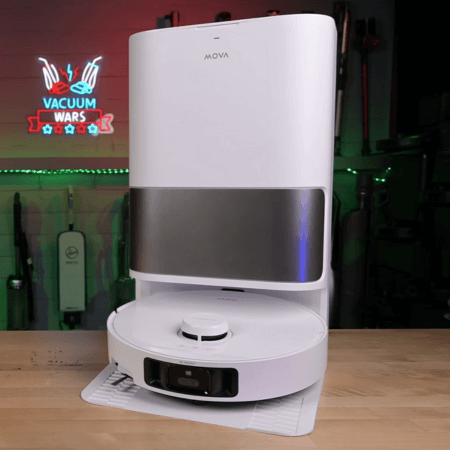
The Mova P10 Pro Ultra stands out as a strong mid-range contender. Its 13,000 Pa turbocharged suction and multi-level LiDAR mapping handle dust, debris, and pet hair on hard floors and carpets, while the all-in-one dock automatically empties the bin, refills water, adds cleaning solution, washes and heat-dries the mop pads, and self-cleans its washboard. The mop lifts 10.5 mm to stay clear of carpets, and an RGB camera plus 3D structured-light sensor can recognize up to 70 obstacle types—even in low light. With a FlexReach extending side brush for corners, pet-care monitoring, and “Hey MOVA” voice control, the P10 Pro Ultra delivers flagship-level conveniences at a mid-range price—making it a compelling option for mixed-floor homes and pet owners. See additional info
Price as of December 27, 2025
Auto Empty Station: Self Empties Debris | Washes Mop Pad | Washes Mop Pad with Hot Water | Dries Mop Pad | Dries Mop Pad with Heated Air| Self Cleaning | Dirty Water Sensor
Mopping: Lifts Mop Pads on Carpets | Extending Mop Pad for Hard to Reach Areas
Hardware: Auto Extending Side Brush for Hard to Reach Areas | 22mm Threshold Crossing
Performance: Carpet Boost Settings
Mapping / Navigation: Multi Level Maps | Virtual Barriers and No Go Zones
Obstacle Avoidance: 70 Objects Recognized
Pet Features: Live Video Monitoring | Pet Checkup or Similar
Controls: Virtual Assistant Options
| Scores | Mova P10 Pro Ultra | Average Robot Vacuum Tested |
|---|---|---|
| Vacuum Wars Overall | 3.53 | 2.58 |
| Features | 3.74 | 3.28 |
| Mopping Performance | 2.49 | 2.39 |
| Obstacle Avoidance | 3.96 | 3.41 |
| Pet | 4.33 | 3.42 |
| Navigation | 4.57 | 3.21 |
| Battery | 4.90 | 2.56 |
| Performance | 4.33 | 3.56 |
| Official Battery Life: 198 Minutes | Navigation Type: Spinning Lidar |
| Official Suction Power: 13000 Pa | Dust Bin Size: 300ml |
| Obstacle Avoidance Type: Single Camera, LED & 3D Structured Light | Objects Recognized: 70 |
| Multi Level Maps: Yes | Virtual Barriers: Yes |
| Detergent Capacity: 200ml | Disposable Bag: 3.2L |
MOVA P50 Pro Ultra Review and Comparison to the P10 Pro Ultra
The MOVA P50 Pro Ultra is a robot vacuum and mop combo that can clean both carpets and hard floors, while also offering most of the premium features you’d expect from a flagship model. However, it’s priced well below the industry norm. Its list price is $1,000, but it often sells for around $800.
In comparison, the MOVA P10 Pro Ultra typically retails between $500 and $600. Both models are significantly more affordable than competing robot vacuums with similar capabilities and feature sets.
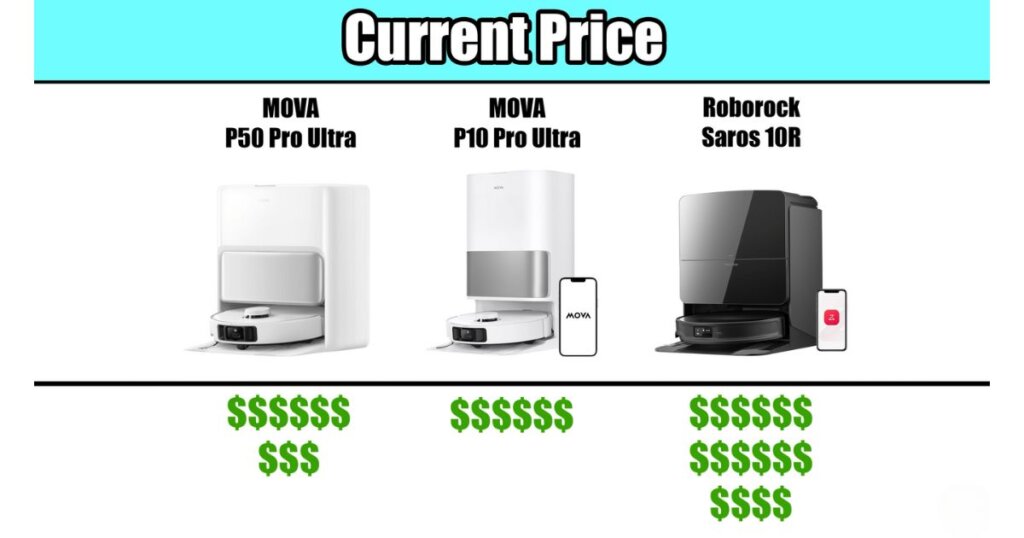
Key Differences Between the P50 Pro Ultra and P10 Pro Ultra
Beyond price, the P50 Pro Ultra also boasts a higher official suction power—19,000 Pascals compared to the P10 Pro Ultra’s 13,000 Pascals. However, as we’ll cover later, this difference didn’t translate into a meaningful performance advantage.
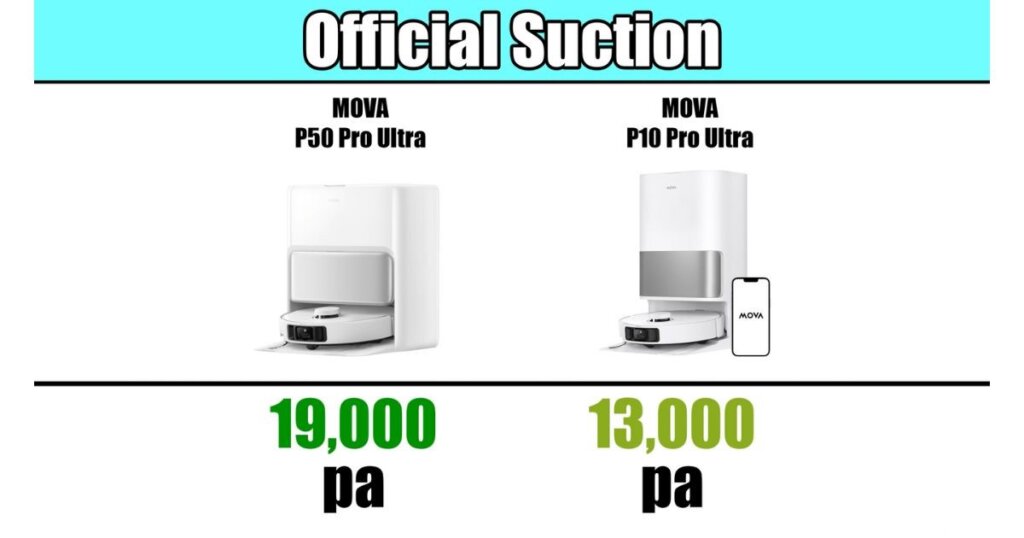
The P50 Pro Ultra also uses slightly hotter water during its mop self-cleaning cycle—167°F compared to 140°F on the P10 Pro Ultra. This could contribute to more effective pad sanitation.
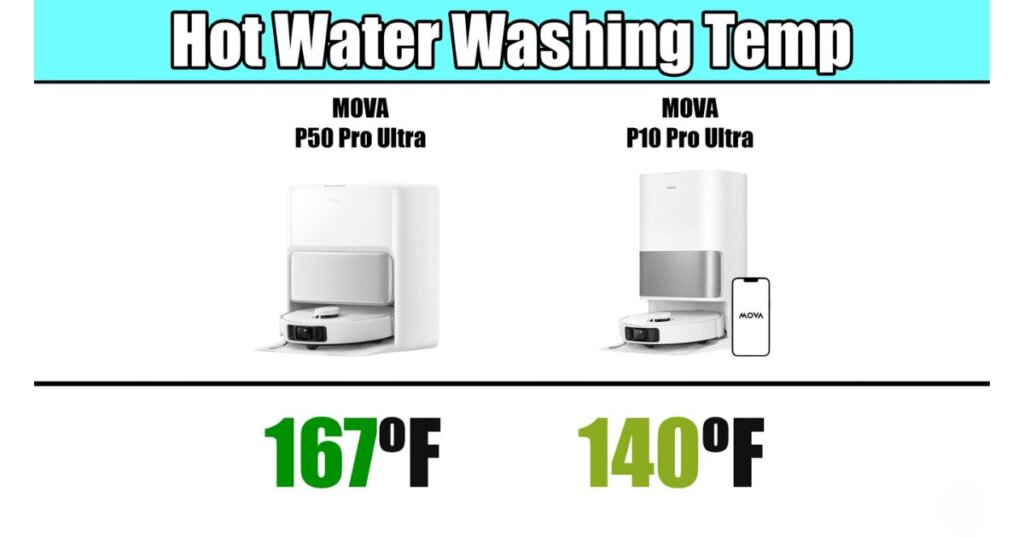
In addition, the P50 includes an active hair removal system that automatically clears hair from the brush roll as it vacuums, reducing maintenance over time.
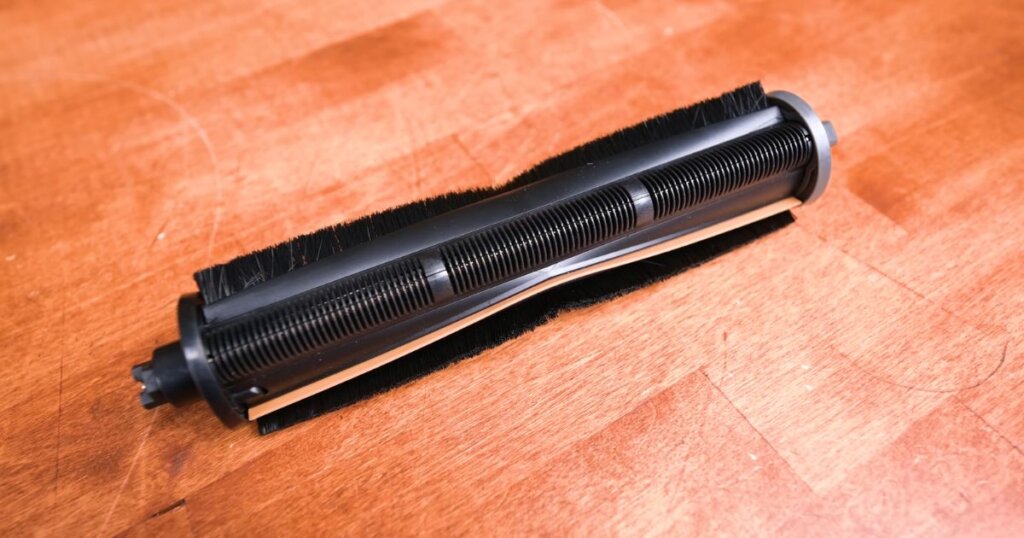
In our evaluations, the P50 Pro Ultra outperformed the P10 Pro Ultra in hair management, though the margin was small—0% hair wrap versus 4%. Still, both models performed significantly better than average, with typical robot vacuums in this test leaving around 38% hair tangled on the brush.
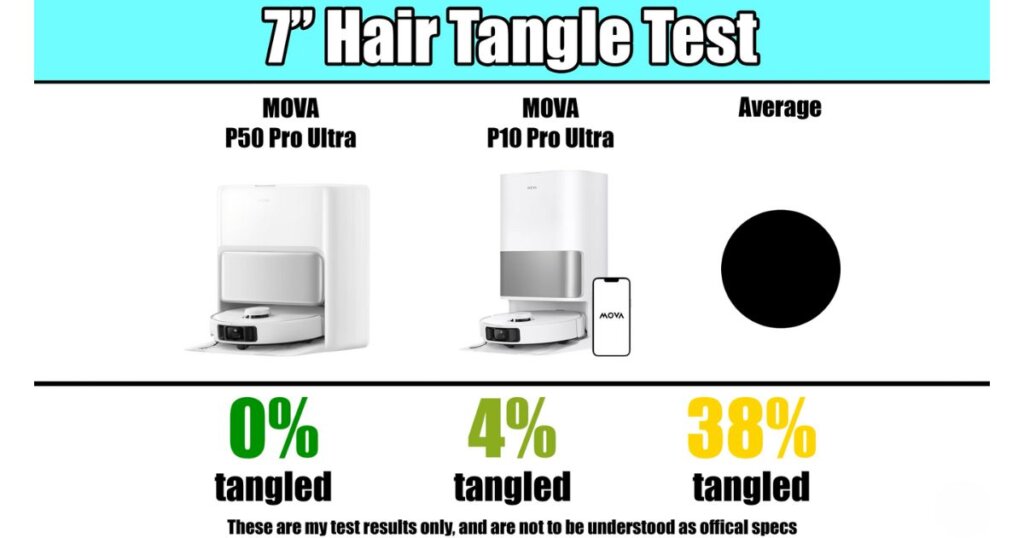
Another key distinction is with their spinning mop pad systems. They both use identical spinning mop pads that lift 10 mm automatically whenever carpet is detected to keep them dry. But the P50 offers an additional option of just leaving the mop pads at the base when vacuuming carpets. This provides even more assurance against getting carpets wet, and it’s a nice feature to have.
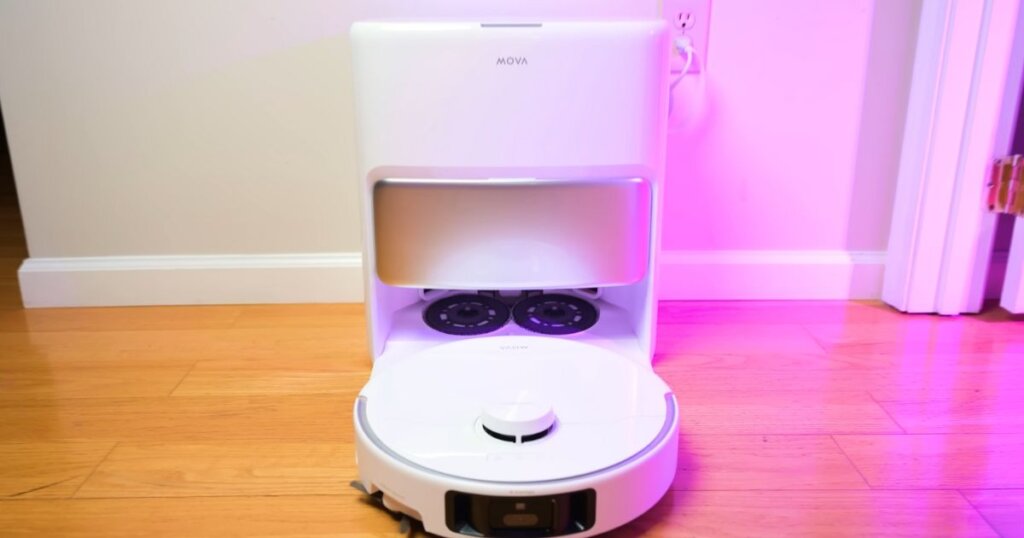
Additionally, the P50 features camera-based dirt detection, which is innovative and somewhat rare. It uses its camera to identify dirty areas and then devotes extra attention to those areas during vacuuming. We observed the feature activate during our coffee debris evaluation, where the robot vacuum dedicated additional time to cleaning the specific area. This is a valuable feature in certain scenarios.
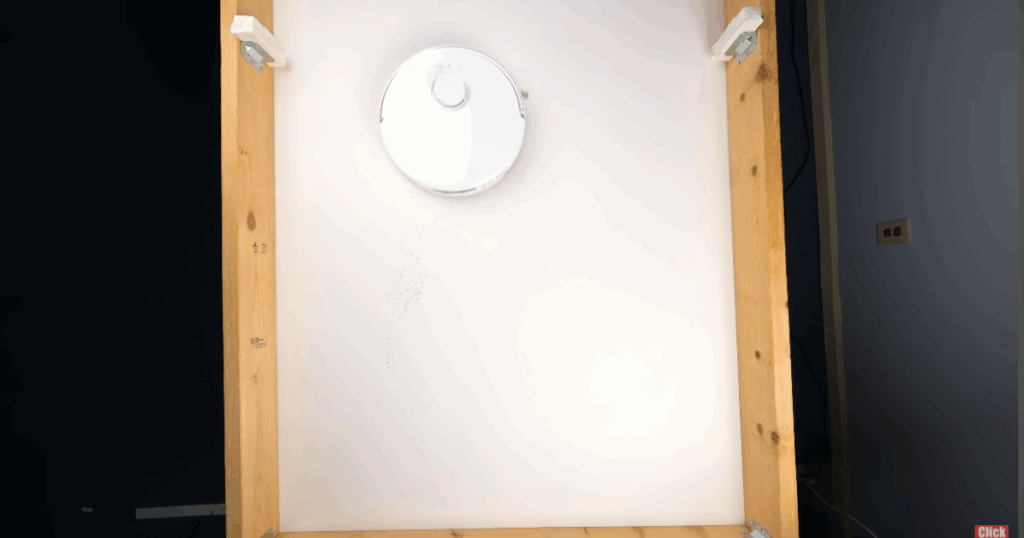
Shared Features
Despite the above differences, the P50 and P10 share numerous similarities. For example, they both use the same basic brushes to sweep up debris from the surfaces of hard floors and carpets, and do well with this most basic job. Each could sweep debris of all shapes and sizes.
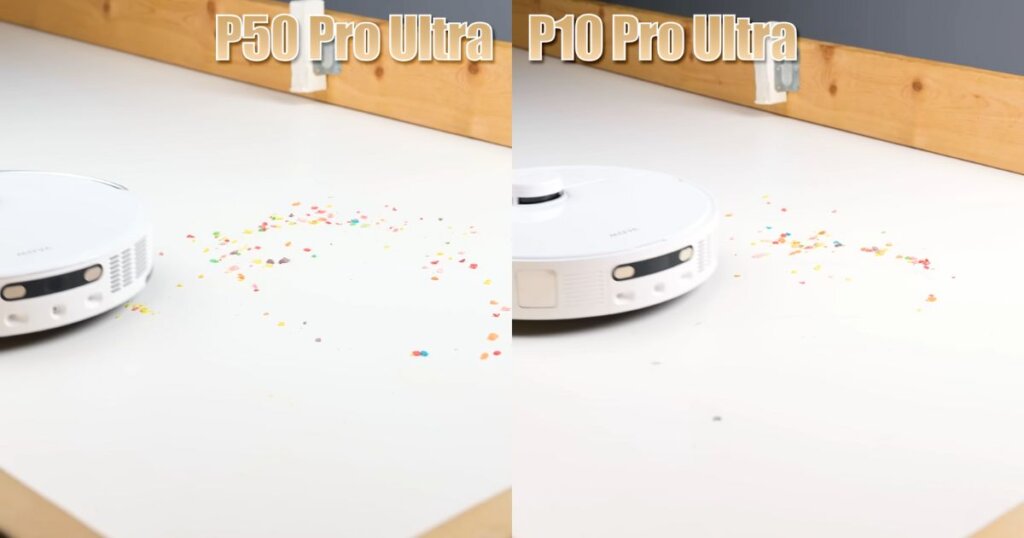
They both have an automatically extending side brush, which extends for better corner coverage. They also have an automatically extending rear mop pad that extends for better edge coverage whenever near walls. These features worked incredibly well in our evaluations for both robot vacuums.
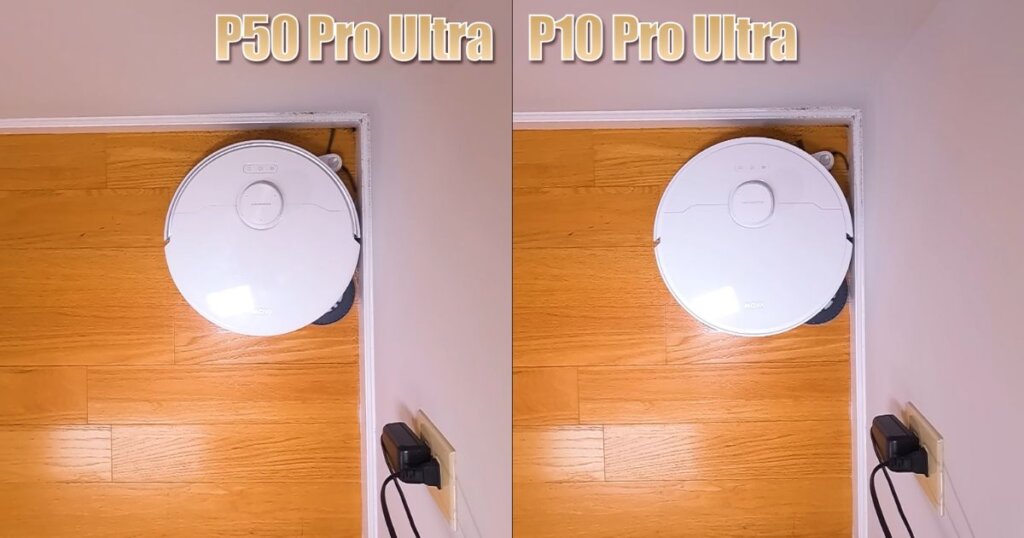
Additionally, the P50 Pro Ultra and P10 Pro Ultra have excellent multi-functional docks. These docks will:
- Empty the robot’s dust bin into a disposable bag when it returns to its base to charge.
- Wash and dry the mop pads so they’re clean.
- Refill the water tanks with water and a mopping solution of your choice.
The docks also auto-clean themselves with little squeegees in the base, which is a pretty advanced dock feature.
Obstacle Avoidance
The MOVA P50 Pro Ultra and P10 Pro Ultra have obstacle avoidance sensors up front. This is more common in the P50’s price range, but rare in the P10’s price range. And as far as we can tell, the obstacle avoidance systems are very similar.
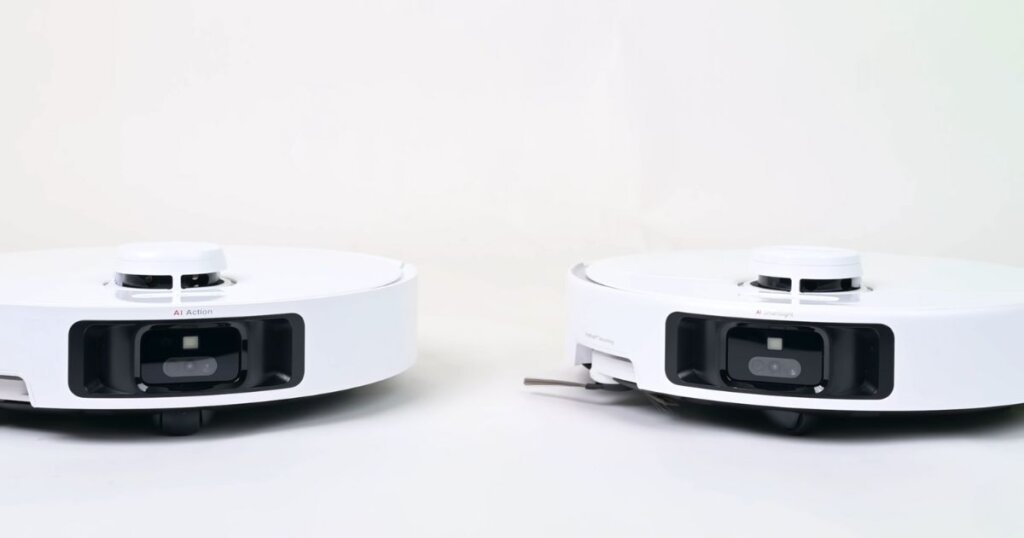
Both models use a camera paired with 3D structured light for obstacle avoidance. In our evaluations, the P10 Pro Ultra—the less expensive model—scored slightly better, with a score of 19 compared to 17 for the P50 Pro Ultra. However, both performed slightly above average, with the category average being 16.7.
That said, the small difference between the two is likely within the margin of error. If we repeated the test multiple times, their scores would probably even out.
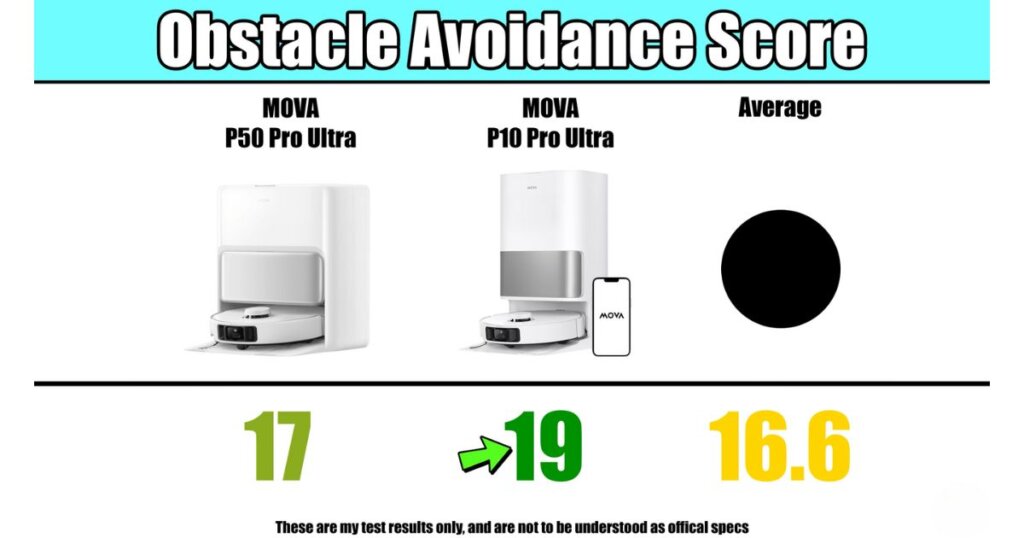
Essentially, these robot vacuum mop combos don’t have perfect obstacle avoidance systems by any means. They are about on par with other systems on the market today.
App
On the software side, both use an identical app featuring multi-level mapping, virtual barriers, extensive control over the robot, and bin operations. They also have 3D mapping and even pet-oriented functions like live video monitoring. Overall, MOVA’s app is very good, especially considering they are a new player in the field.
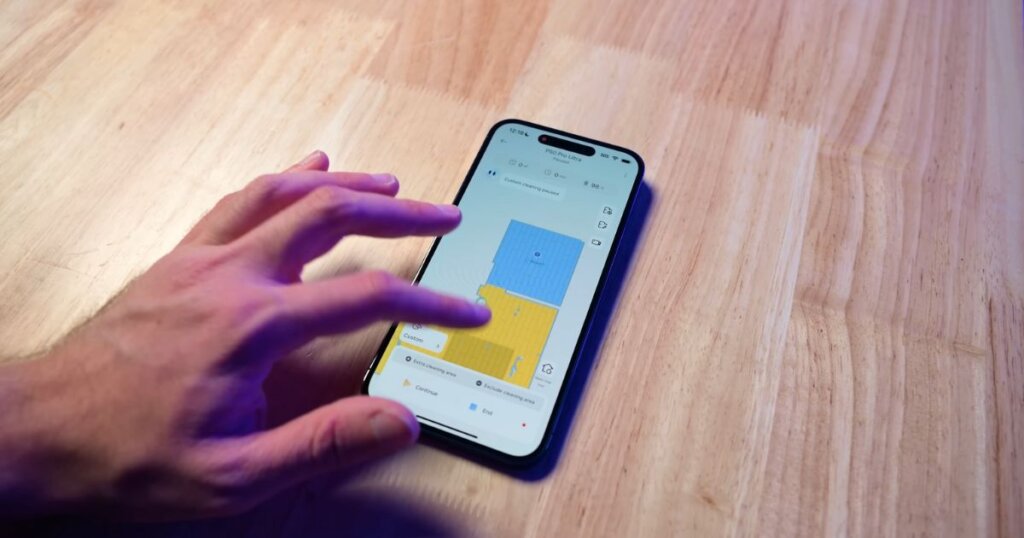
Mopping Performance
Their mopping ability is one major area of note. Specifically, the P50 was notably better than the P10 in our dry-on mopping assessment. Mopping ability is also one of the few areas where the cheaper P10 struggled when we reviewed it a few weeks ago.
The P50 achieved 111 on the dried-on stain mopping evaluation, surpassing the average score 0f 94 and the P10’s score of 73.
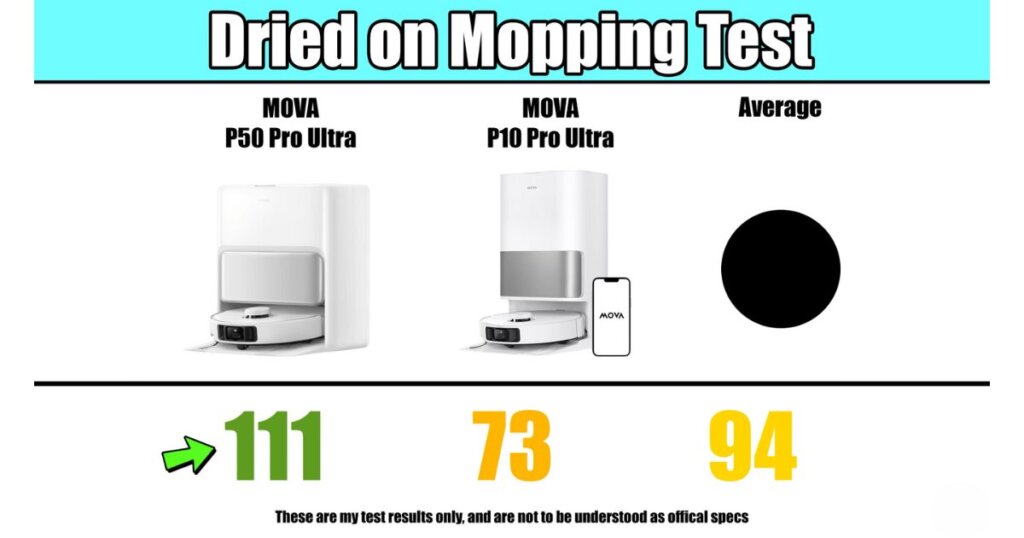
The P50 Pro Ultra earned its high mopping score without leaving behind much water—just 0.45 grams, compared to 1.05 grams for the P10 Pro Ultra and an average of 1.01 grams across all models tested.
Residual moisture is a key factor in our combined mopping performance score, and the P50 stands out as one of the better-performing mops we’ve evaluated overall.
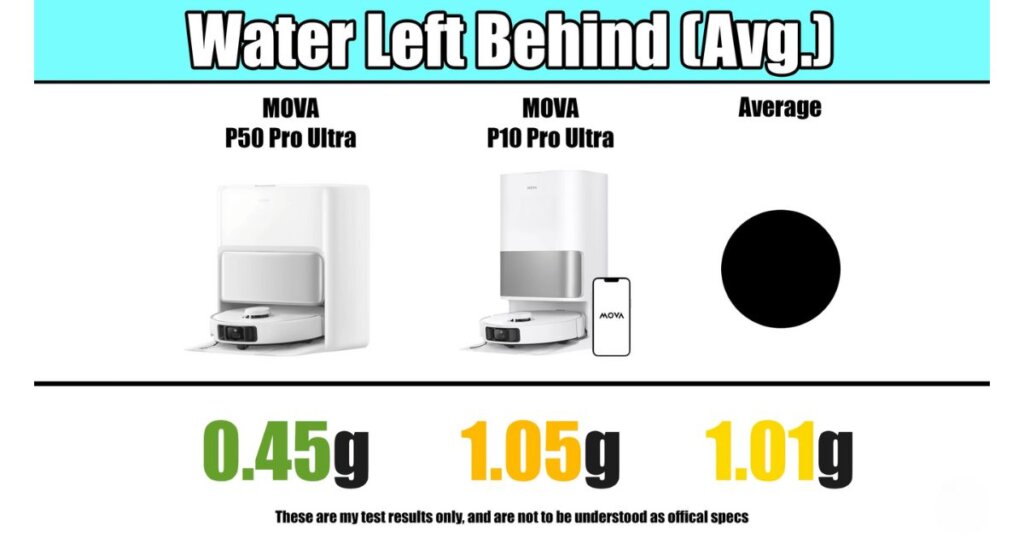
Power
Interestingly, the more affordable P10 Pro Ultra outperformed the P50 Pro Ultra in most of the remaining performance metrics. Despite the P50’s higher advertised suction power, our lab tests showed that it delivered slightly lower actual suction and significantly lower airflow than the P10.
The P50 measured 0.71 kPa in suction, while the P10 reached 1.08 kPa, both compared to a category average of 0.83 kPa. In terms of airflow, the P50 produced 17 CFM, while the P10 achieved 20 CFM, with the average being 16.4 CFM.
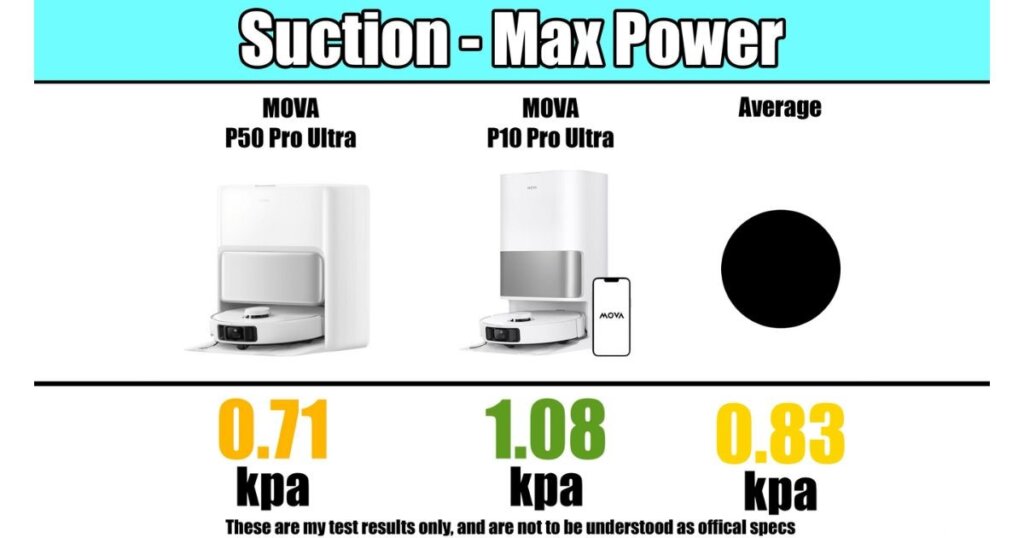
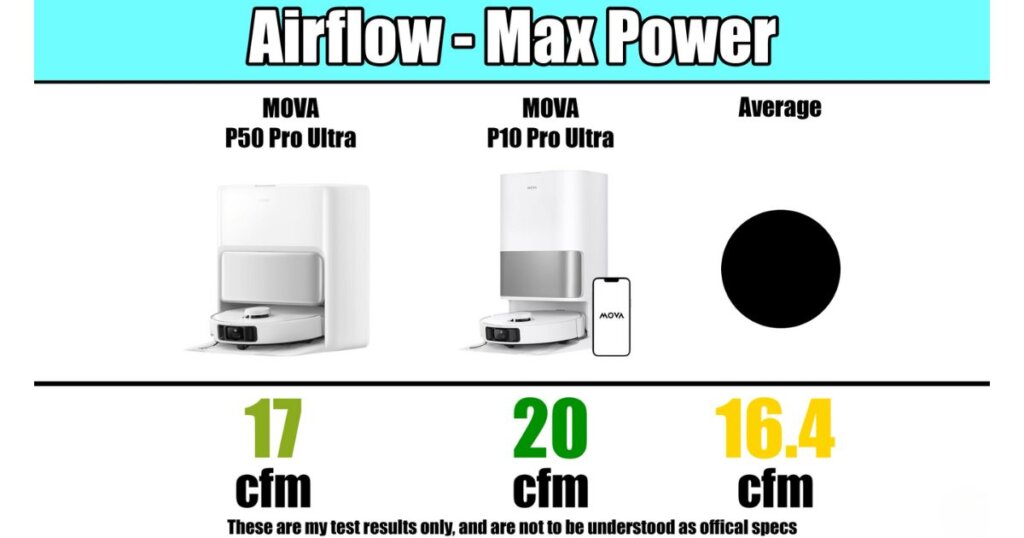
Performance
The P10 outperformed the more expensive P50 in several practical performance evaluations, including the carpet deep clean and crevice pickup assessment.
In our carpet deep clean test, the P10 Pro Ultra once again outperformed the P50 Pro Ultra. The P10 removed 81% of embedded debris, well above the category average of 75%, while the P50 scored just 57%—significantly lower than both the P10 and the overall average.
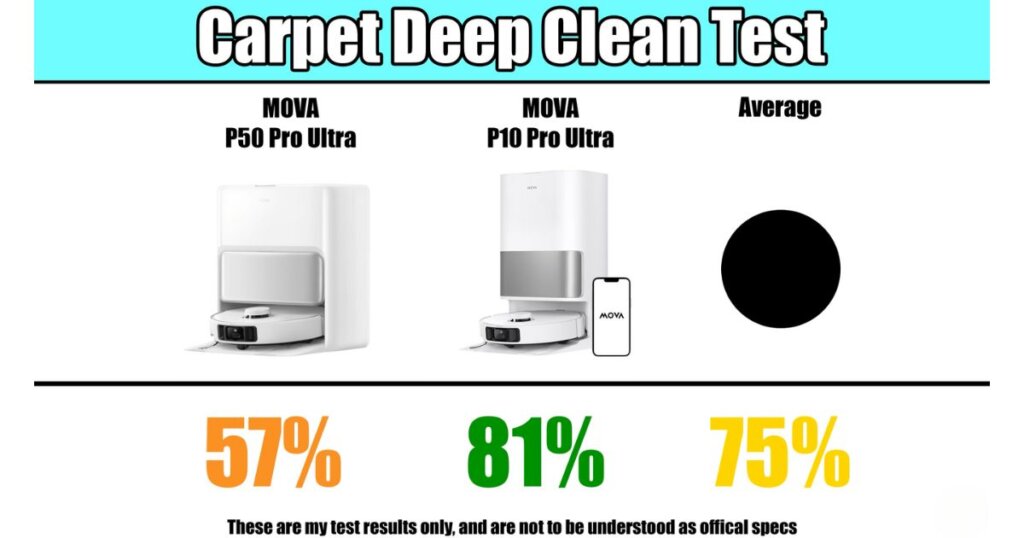
In our crevice pickup test, the P10 Pro Ultra also performed better than the P50 Pro Ultra, scoring 3.0 compared to the P50’s 1.5. The category average for this test is 2.0, placing the P10 above average and the P50 below it.
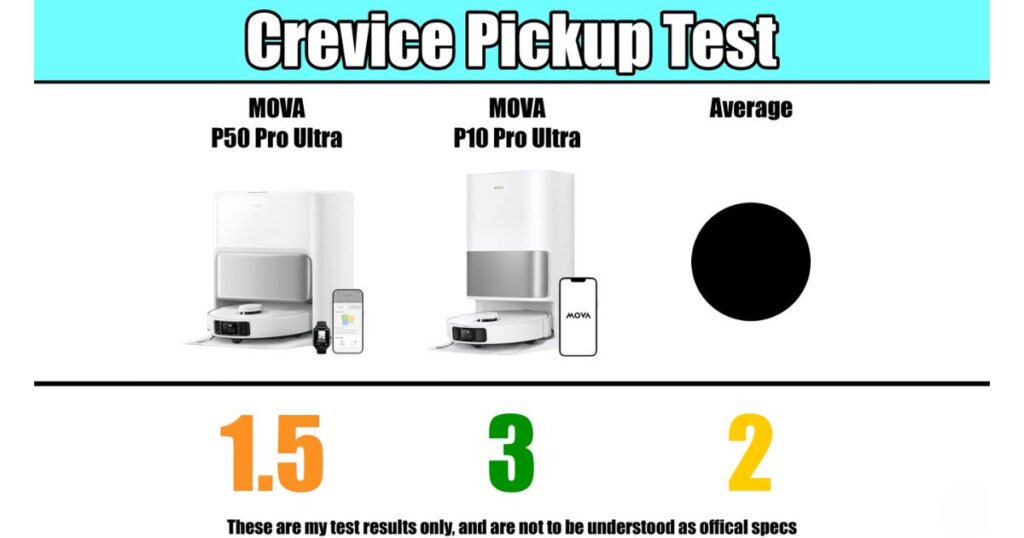
It also did slightly better with the 2 1/2 in flattened pet hair pickup evaluation on carpet, though it was pretty close.
In our flattened pet hair pickup test on carpet, both the P50 Pro Ultra and P10 Pro Ultra performed below the category average. The P10 scored slightly higher at 66%, while the P50 reached 63%. However, the average performance across all models tested was 81%, putting both MOVA models behind the curve in this specific category.

Navigation and Battery
As far as battery and navigation efficiency, the MOVA P10 Pro Ultra seemed slightly better than the P50 in our evaluations.
In our navigation efficiency test, which measures how much area the robot covers per minute during a vacuum and mop run, the P10 Pro Ultra came out slightly ahead at 0.8 m² per minute. The P50 Pro Ultra matched the category average of 0.7 m² per minute, making both models reasonably efficient, though the P10 demonstrated a modest edge in overall coverage speed.
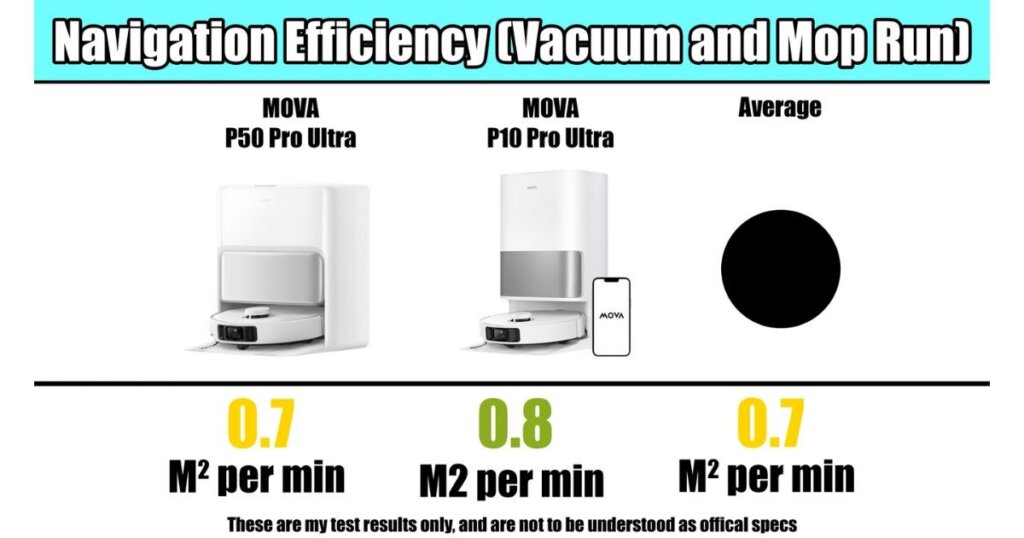
In our battery efficiency test, which measures how many minutes of runtime each robot delivers per 1% of battery drain, the P10 Pro Ultra outperformed the P50 Pro Ultra. The P10 averaged 2.2 minutes per 1%, compared to 1.6 minutes for the P50, and a category average of 1.5 minutes.
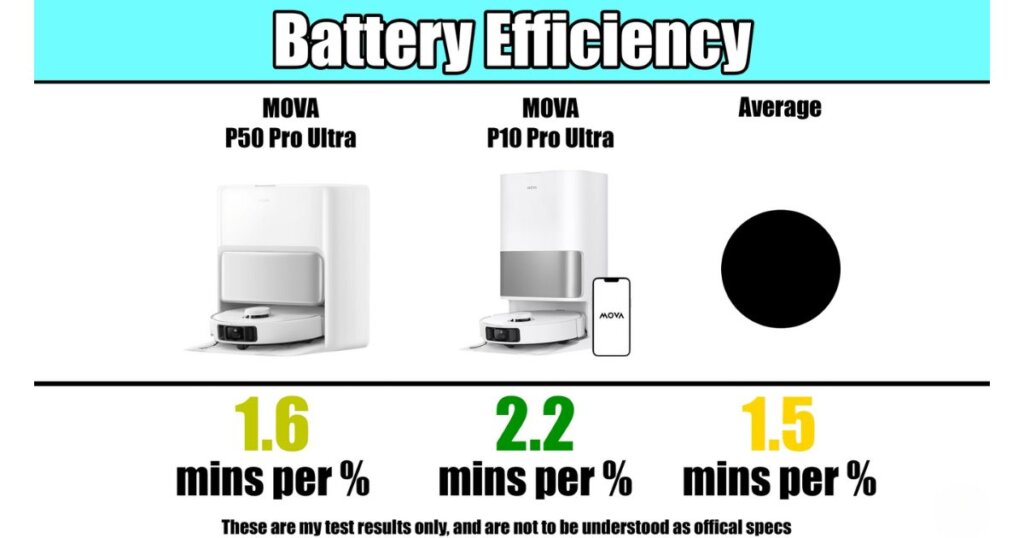
As such, it had a better estimated square foot per charge number. In our estimated square footage per charge test, the P10 Pro Ultra covered approximately 2,157 ft² on a single charge. The P50 Pro Ultra came in at 1,375 ft², still comfortably above the category average of 1,015 ft².
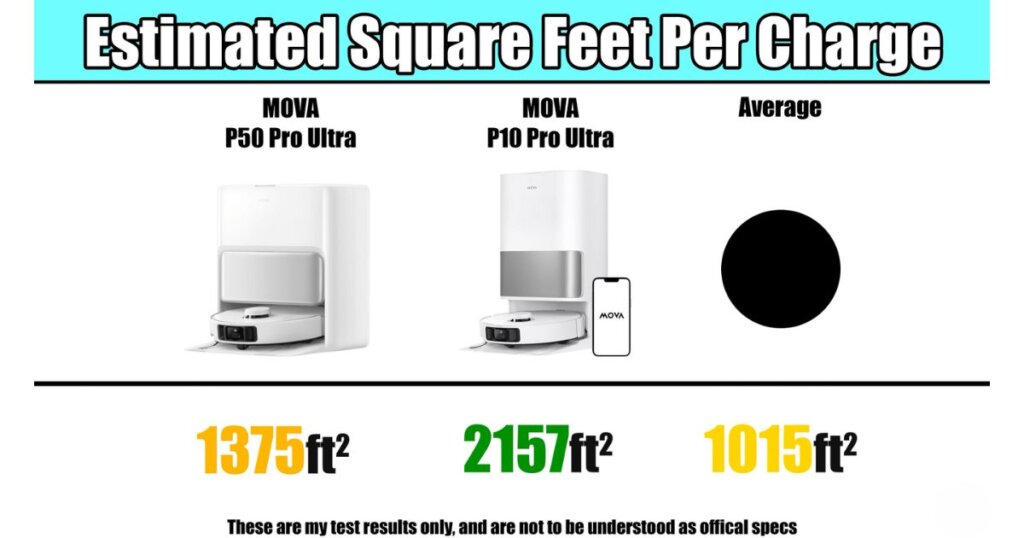
However, their overall navigation and battery scores were both higher than average, which is saying something considering the affordable price. That noted, the cheaper P10 Pro Ultra seems to be a better value than the P50.
MOVA P50 Pro Ultra vs P10 Pro Ultra: Conclusion and Recommendation
The P10 has exceptional value when compared to the P50.
As mentioned, the P10’s primary weakness lies in its adequate but unremarkable mopping ability, which is precisely where the pricier P50 Pro Ultra excels. However, the P50 does have better features, and its capabilities are unmatched at its price point. So it’s delivering tremendous value too, but in most scenarios, we’d probably consider the P10 Pro Ultra the superior choice, mostly because of the value.
Some of the performance scores, like the carpet deep clean evaluation, hurt the P50 in the final rankings. As of this article, the cheaper P10 Pro Ultra ranks number nine on the Vacuum Wars Top 20 Robot Vacuums list, and the P50 ranks number 18.
Regardless of the one you choose, MOVA does seem to be a brand on the rise, offering amazing value with their product line. We look forward to seeing what they do next.
Read more about why the MOVA P10 Pro Ultra won our Best Mid-Level, Best Value, and Fan Favorite Robot Vacuum for Mid-2025.
We review robot vacuums constantly, and new models launch nearly every week—so our top picks can change quickly. Want to see if this one still ranks? Check out our latest Top 20 list here.
MOVA P50 Pro Ultra

Price as of December 27, 2025
MOVA P10 Pro Ultra

Price as of December 27, 2025
MOVA Robot Vacuum Buyer’s Guide 2025
We outline the key distinctions across MOVA’s robot vacuum lineup to help you decide which features are worth the extra cost and which ones you can skip. Whether you’re eyeing a wallet-friendly model or a top-tier robot with advanced capabilities, we’ll cover the must-know details so you can choose the right MOVA for your home and your budget. See the Guide
